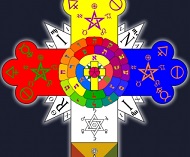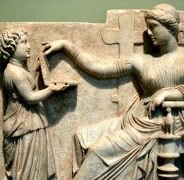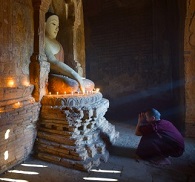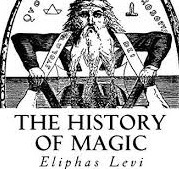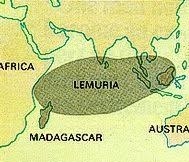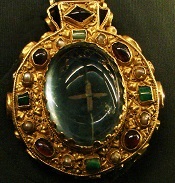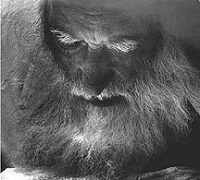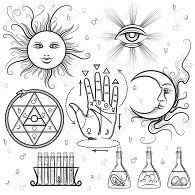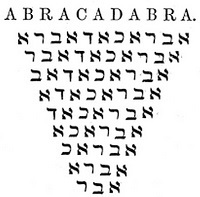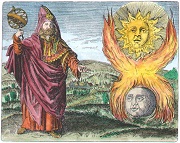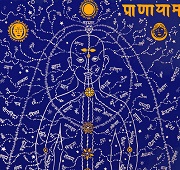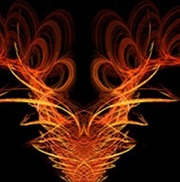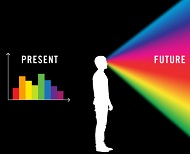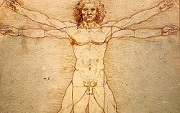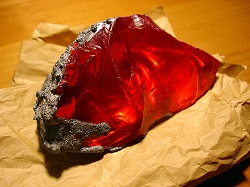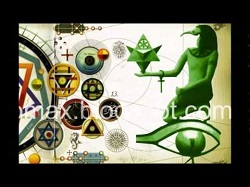What are the Eleusinian mysteries?
Eleusinia (Gr.). The Eleusinian Mysteries were the most famous and the most ancient of all
the Greek Mysteries (save the Samothracian), and were celebrated near the hamlet of Eleusis,
not far from Athens. Epiphanius traces them to the days of Inachos (1800 B.C.), founded, as another
version has it, by Eumolpus, a King of Thrace and a Hierophant. They were celebrated in honour of Demeter,
the Greek Ceres and the Egyptian Isis; and the last act of the performance referred to a sacrificial victim
of atonement and a resurrection, when the Initiate was admitted to the highest degree of “Epopt” (q.v.).
The festival of the Mysteries began in the month of Boëdromion (September), the time of grape-gathering,
and lasted from the 15th to the 22nd, seven days. The Hebrew feast of Tabernacles, the feast of Ingatherings,
in the month of Ethanim (the seventh), also began on the 15th and ended on the 22nd of that month.

The name of the month (Ethanim) is derived, according to some, from Adonim, Adonia, Attenim, Ethanim,
and was in honour of Adonaï or Adonis (Thammuz), whose death was lamented by the Hebrews in the groves
of Bethlehem. The sacrifice of both “Bread and Wine” was performed before the Mysteries of initiation,
and during the ceremony the mysteries were divulged to the candidates from the petroma, a kind of book
made of two stone tablets (petrai), joined at one side and made to open like a volume.
(See Isis Unveiled II., pp. 44 and 91, et seq., for further explanations.)(G.T. H.P.B.).
Reading Support:





